JavaScript Execution Context Explained
Understanding the execution context is fundamental to grasping how JavaScript code runs. It dictates variable scope, this binding, and how the JavaScript engine manages memory and control flow. 1. What Is an Execution Context? An execution context is an abstract environment where JavaScript code is evaluated and executed. Each context provides its own scope chain, variable environment, and value of this. Types of Execution Contexts Global Execution Context (GEC) – Created once when the script loads. Function Execution Context (FEC) – Created each time a function is invoked. Eval Execution Context – Rare; created by the eval() function. Call Stack: Execution contexts are pushed onto and popped off the call stack following LIFO order. 2. Phases of an Execution Context Every execution context goes through two phases: Creation Phase Creates the Variable Environment (hoists variables & function declarations). Establishes the scope chain. Sets the value of this. Execution Phase Executes code line by line. Assigns variable values and executes functions. function greet() { console.log(message); // undefined (hoisted) var message = 'Hello World'; console.log(message); // Hello World } greet(); 3. Variable & Lexical Environments Variable Environment: Stores variable and function declarations. Lexical Environment: Similar to Variable Environment but used in ES6 for let and const. var a = 1; let b = 2; a is stored in the Variable Environment. b is stored in the Lexical Environment. 4. this Binding Rules this depends on how a function is invoked: Global Context – this is the global object (window in browsers). Method Call – this is the object owning the method. Constructor Call – this is the newly created object. Arrow Functions – this is lexically inherited. const obj = { value: 42, getValue() { return this.value; // obj.value } }; 5. Example: Nested Function Calls function outer() { var outerVar = 'outer'; function inner() { var innerVar = 'inner'; console.log(outerVar); // access parent scope } inner(); } outer(); Two FECs are created: one for outer, one for inner, each with its own scope chain. 6. Common Pitfalls Hoisting Confusion – Variables declared with var are hoisted but initialized as undefined. this Misbinding – Losing context in callbacks; use arrow functions or bind(). Memory Leaks – Unintended references in closures can prevent garbage collection. 7. Best Practices Use let and const to minimize hoisting-related bugs. Keep functions small and focused to reduce deep call stacks. Be explicit with this— use arrow functions or .bind() when needed. 8. Visualizing the Call Stack (Demo) function a() { b(); } function b() { c(); } function c() { console.trace(); } a(); Running this prints the call stack, illustrating context nesting. 9. Conclusion Mastering execution contexts clarifies hoisting, scope, and this—helping you debug and write efficient JavaScript. Understanding the call stack and context lifecycle is key to becoming an advanced JavaScript developer. Have questions or tips about execution contexts? Share them below!

Understanding the execution context is fundamental to grasping how JavaScript code runs. It dictates variable scope, this binding, and how the JavaScript engine manages memory and control flow.
1. What Is an Execution Context?
An execution context is an abstract environment where JavaScript code is evaluated and executed. Each context provides its own scope chain, variable environment, and value of this.
Types of Execution Contexts
- Global Execution Context (GEC) – Created once when the script loads.
- Function Execution Context (FEC) – Created each time a function is invoked.
-
Eval Execution Context – Rare; created by the
eval()function.
Call Stack: Execution contexts are pushed onto and popped off the call stack following LIFO order.
2. Phases of an Execution Context
Every execution context goes through two phases:
-
Creation Phase
- Creates the Variable Environment (hoists variables & function declarations).
- Establishes the scope chain.
- Sets the value of
this.
-
Execution Phase
- Executes code line by line.
- Assigns variable values and executes functions.
function greet() {
console.log(message); // undefined (hoisted)
var message = 'Hello World';
console.log(message); // Hello World
}
greet();
3. Variable & Lexical Environments
- Variable Environment: Stores variable and function declarations.
-
Lexical Environment: Similar to Variable Environment but used in ES6 for
letandconst.
var a = 1;
let b = 2;
-
ais stored in the Variable Environment. -
bis stored in the Lexical Environment.
4. this Binding Rules
this depends on how a function is invoked:
-
Global Context –
thisis the global object (windowin browsers). -
Method Call –
thisis the object owning the method. -
Constructor Call –
thisis the newly created object. -
Arrow Functions –
thisis lexically inherited.
const obj = {
value: 42,
getValue() {
return this.value; // obj.value
}
};
5. Example: Nested Function Calls
function outer() {
var outerVar = 'outer';
function inner() {
var innerVar = 'inner';
console.log(outerVar); // access parent scope
}
inner();
}
outer();
- Two FECs are created: one for
outer, one forinner, each with its own scope chain.
6. Common Pitfalls
-
Hoisting Confusion – Variables declared with
varare hoisted but initialized asundefined. -
thisMisbinding – Losing context in callbacks; use arrow functions orbind(). - Memory Leaks – Unintended references in closures can prevent garbage collection.
7. Best Practices
- Use
letandconstto minimize hoisting-related bugs. - Keep functions small and focused to reduce deep call stacks.
- Be explicit with
this— use arrow functions or.bind()when needed.
8. Visualizing the Call Stack (Demo)
function a() { b(); }
function b() { c(); }
function c() { console.trace(); }
a();
Running this prints the call stack, illustrating context nesting.
9. Conclusion
Mastering execution contexts clarifies hoisting, scope, and this—helping you debug and write efficient JavaScript. Understanding the call stack and context lifecycle is key to becoming an advanced JavaScript developer.
Have questions or tips about execution contexts? Share them below!

_Vladimir_Stanisic_Alamy.jpg?width=1280&auto=webp&quality=80&disable=upscale#)


















































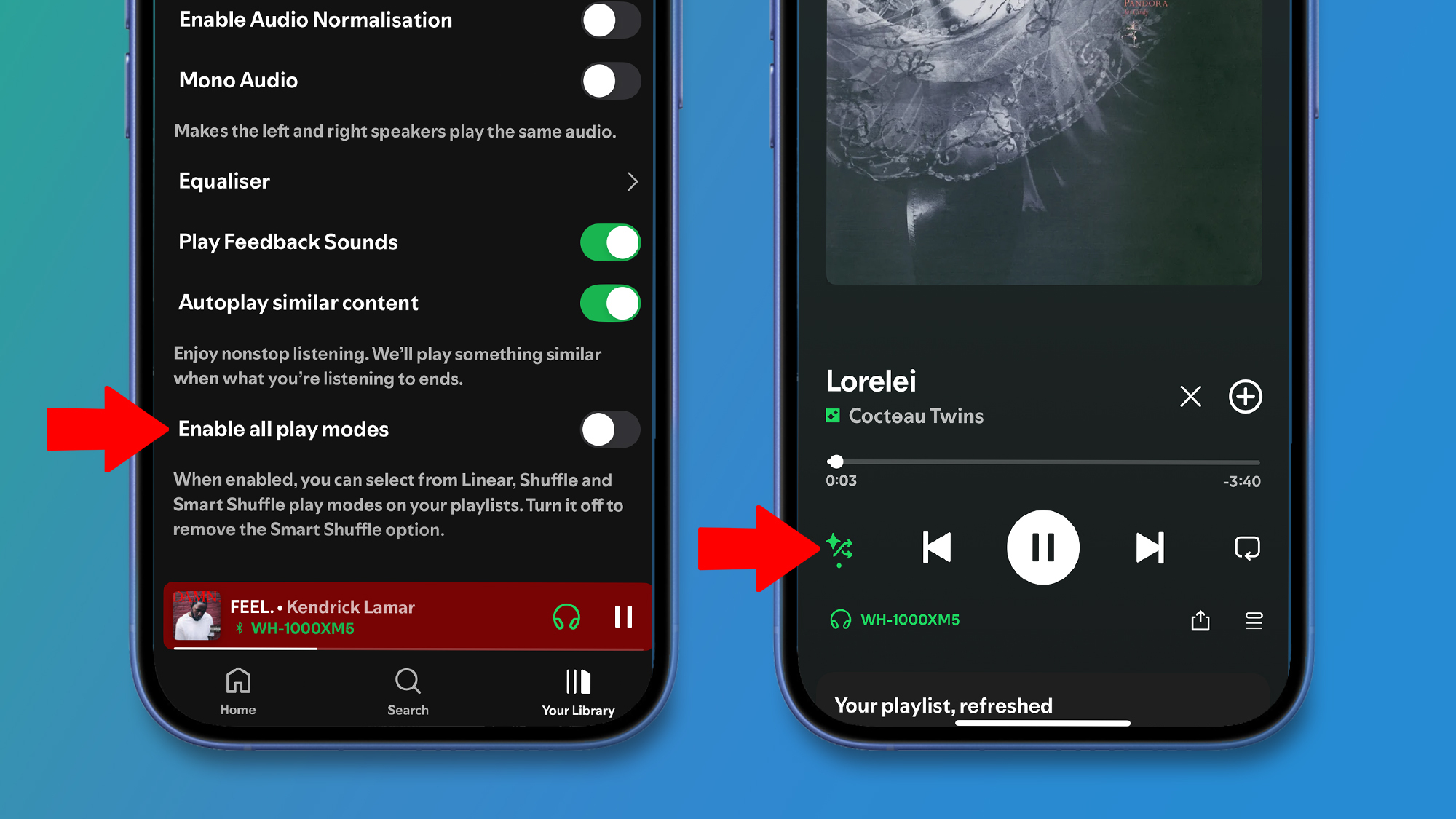



















![Apple Seeds watchOS 11.5 Beta 4 to Developers [Download]](https://www.iclarified.com/images/news/97147/97147/97147-640.jpg)
![Apple Seeds visionOS 2.5 Beta 4 to Developers [Download]](https://www.iclarified.com/images/news/97150/97150/97150-640.jpg)
![Apple Seeds tvOS 18.5 Beta 4 to Developers [Download]](https://www.iclarified.com/images/news/97153/97153/97153-640.jpg)



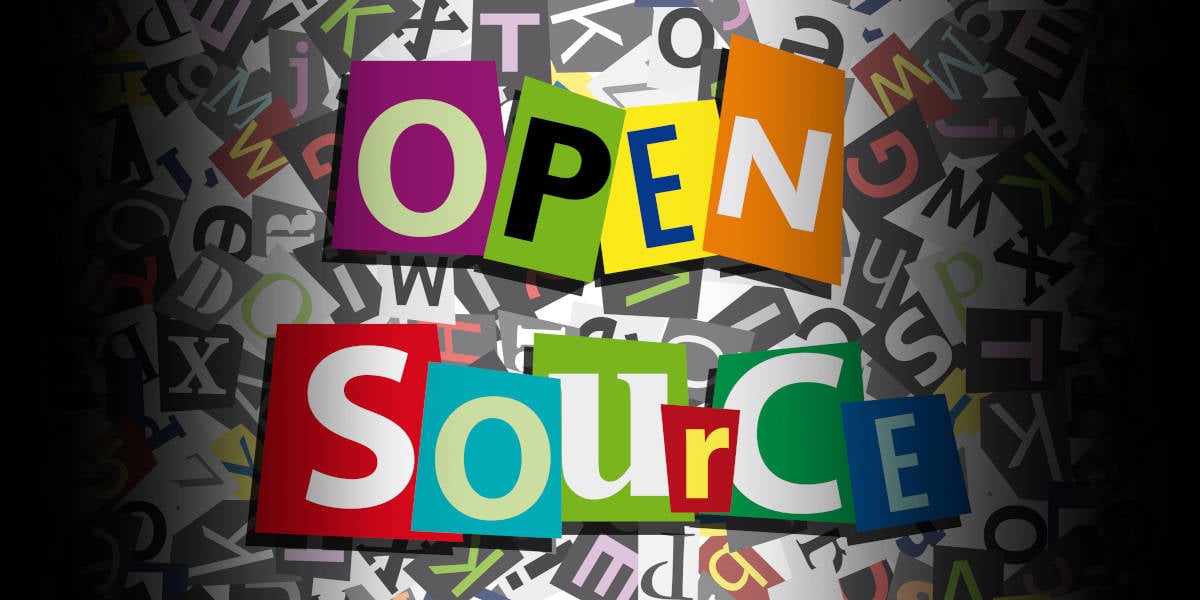






























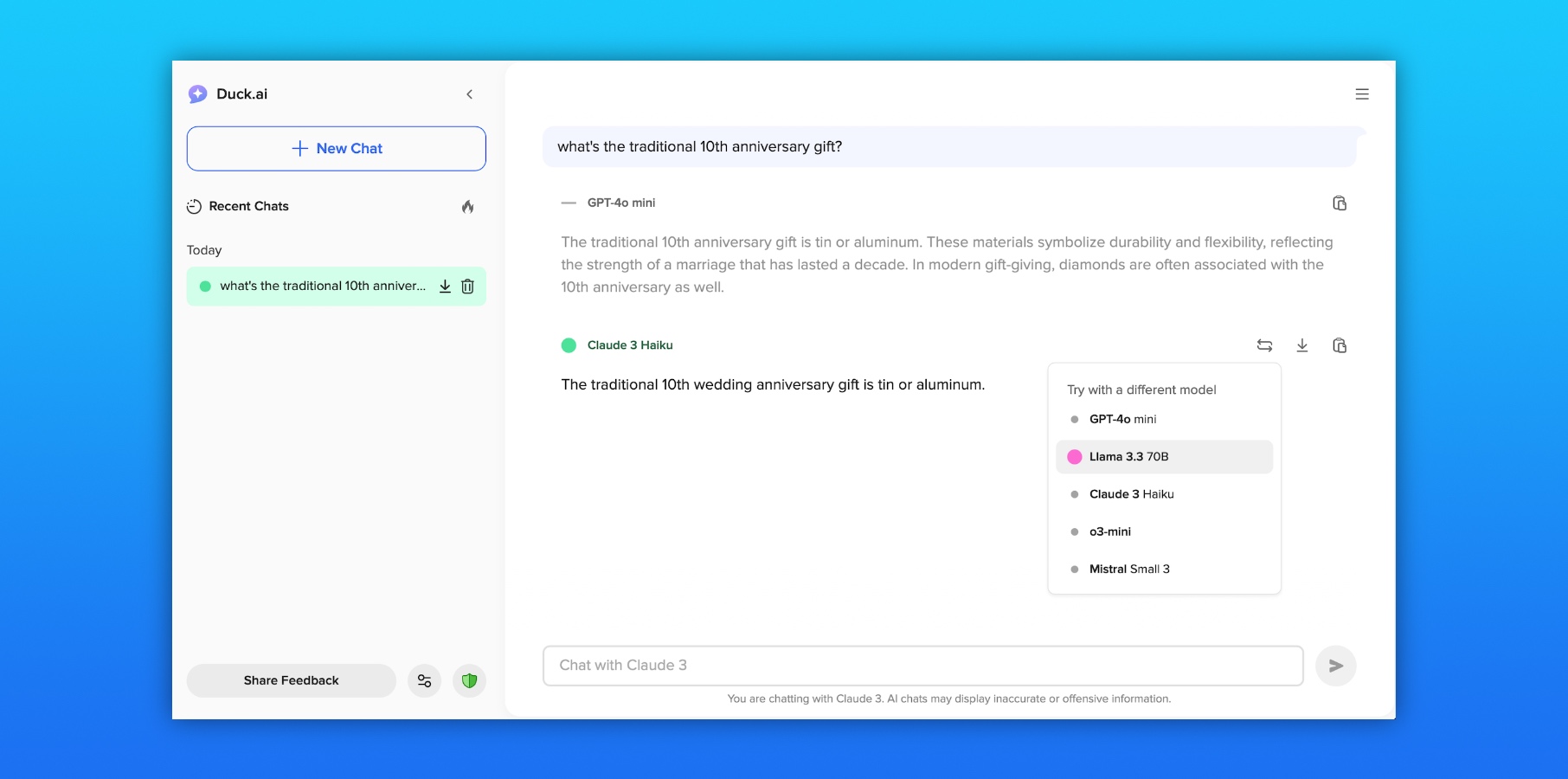


































































































































































































![[The AI Show Episode 145]: OpenAI Releases o3 and o4-mini, AI Is Causing “Quiet Layoffs,” Executive Order on Youth AI Education & GPT-4o’s Controversial Update](https://www.marketingaiinstitute.com/hubfs/ep%20145%20cover.png)

![[The AI Show Episode 144]: ChatGPT’s New Memory, Shopify CEO’s Leaked “AI First” Memo, Google Cloud Next Releases, o3 and o4-mini Coming Soon & Llama 4’s Rocky Launch](https://www.marketingaiinstitute.com/hubfs/ep%20144%20cover.png)



















































































































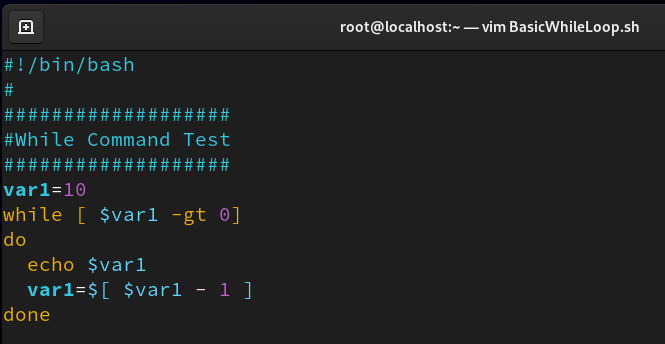
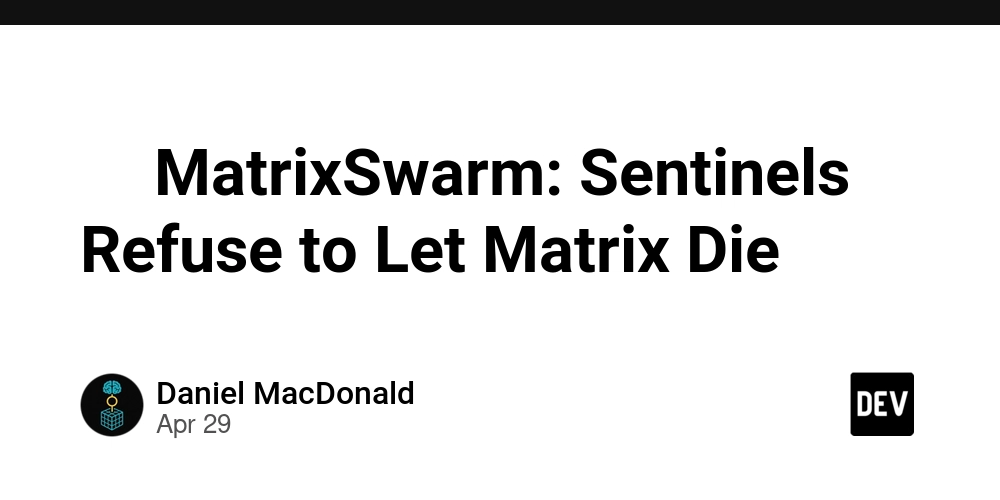
































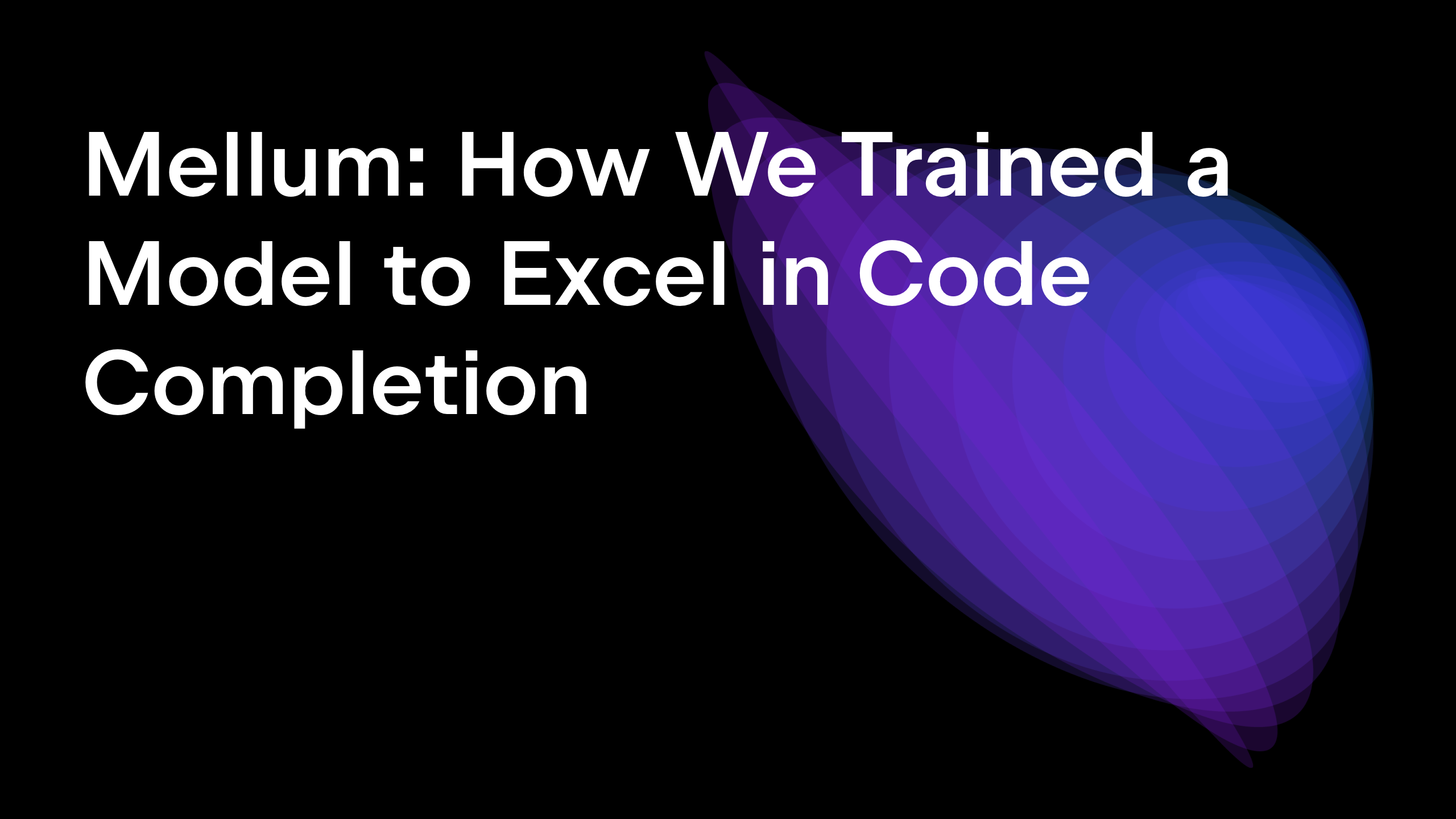









































.png?width=1920&height=1920&fit=bounds&quality=70&format=jpg&auto=webp#)





.jpg?#)




























































